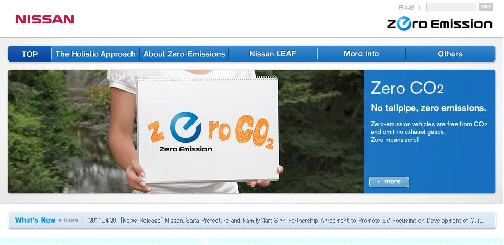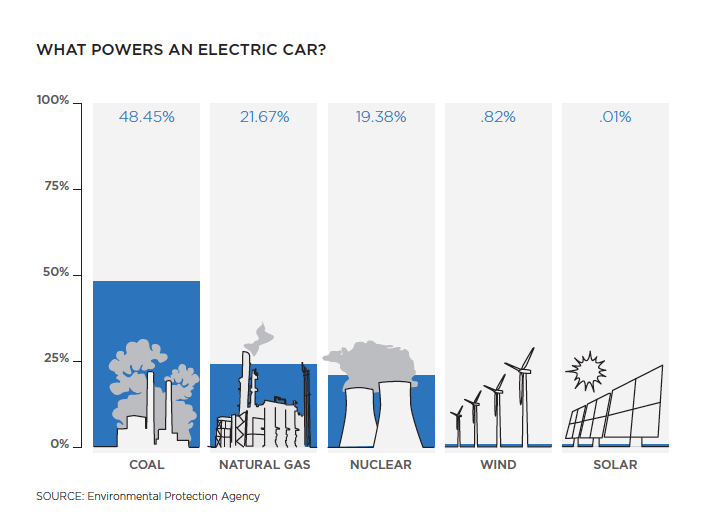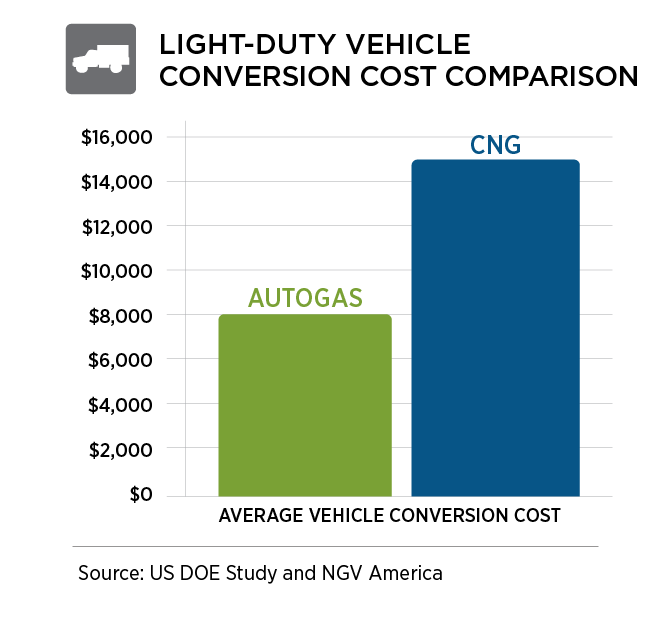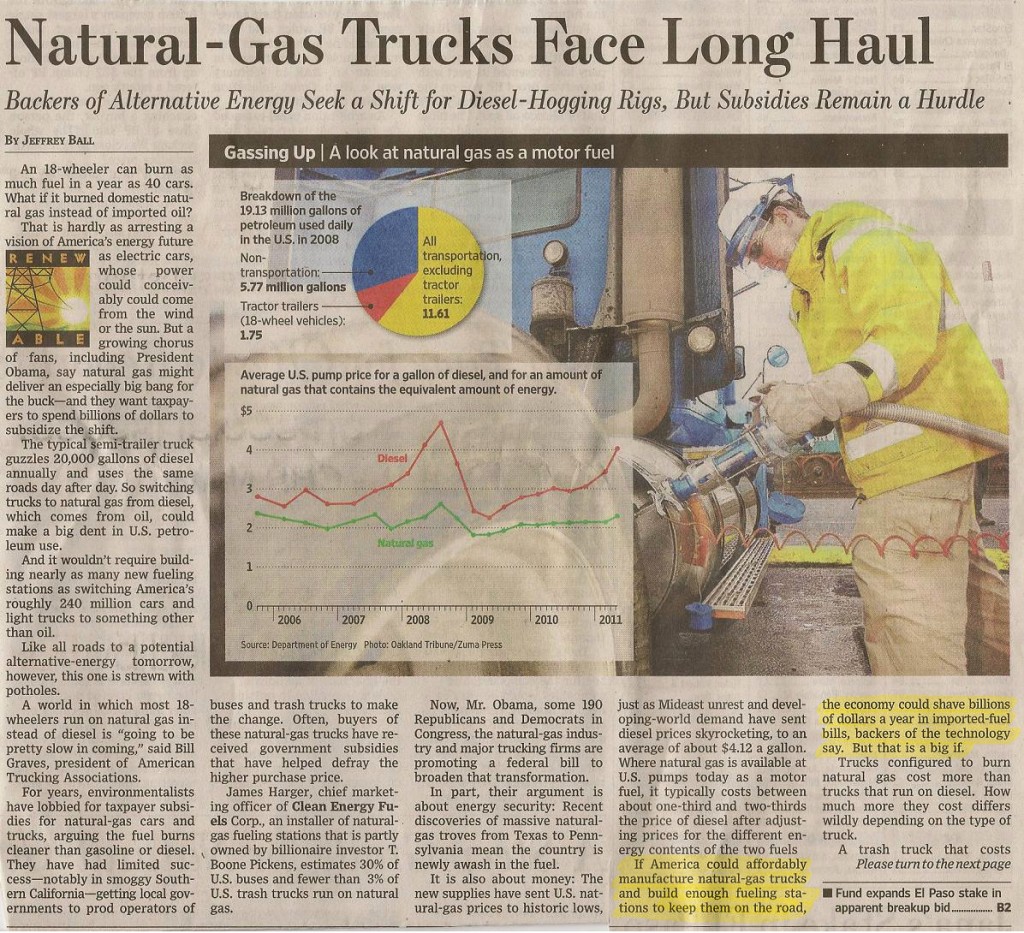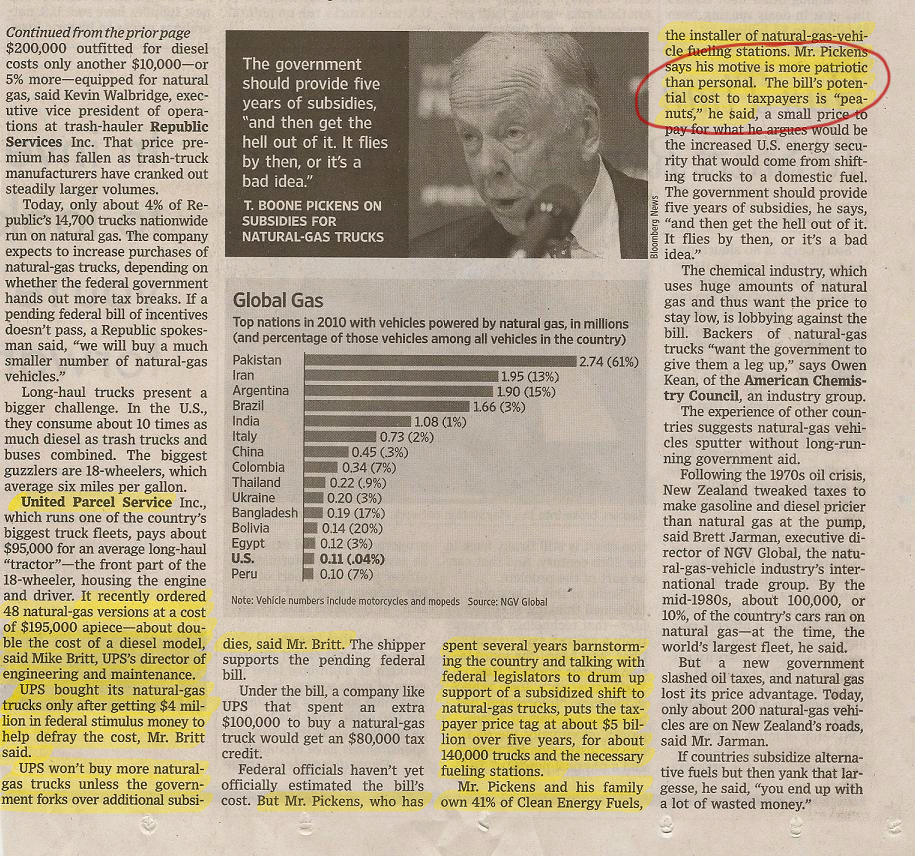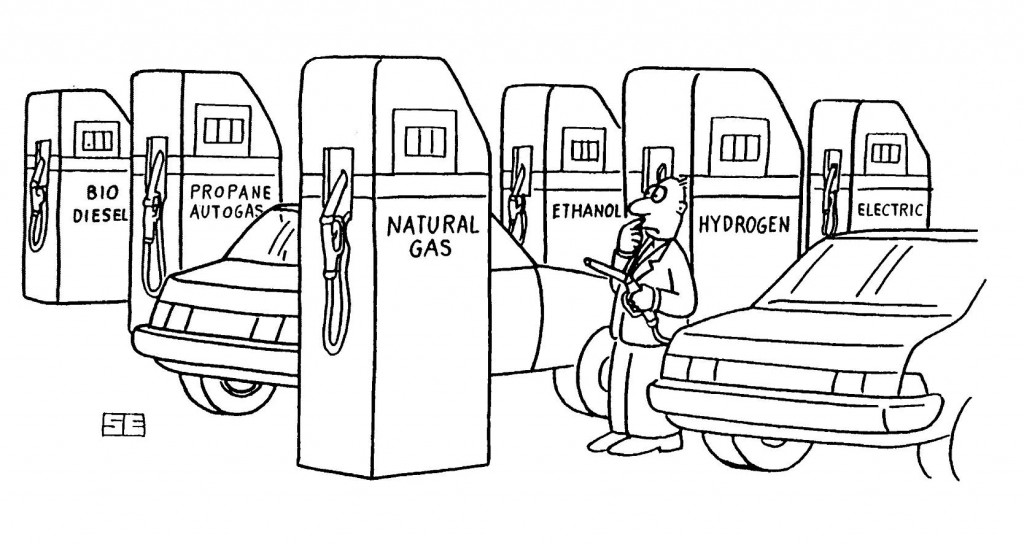Securing our nation’s energy supply is imperative – most people would agree. Support for American-made alternative fuels (like autogas, natural gas and even responsibly produced biofuels) is important at all levels: individuals, corporations, and government agencies. You too can support domestic fuel. Shifting from gasoline to fuels like autogas will send OPEC a message: that they can’t decide what you pay to fill up anymore.
Sometimes the day’s news can bring it all home, can clearly illustrate the link between foreign oil and our wallets. Today was one of those days.
The Organization of the Petroleum Exporting Countries (OPEC) failed to come to an agreement today over boosting oil output levels in the face of increased demand and high oil prices. Currently, OPEC’s members alone supply some 40 percent of the world’s oil. (Compare that, for example, to the fact that 90 percent of America’s autogas is produced domestically).
Iran’s petroleum minister was vocal in his opposition to increasing exports.The reason for the minister’s position? “The world remains well-supplied with oil, with ample spare capacity and adequate stock levels,” he said.
Whatever the current supply and demand configuration is (though it is a fact that OPEC supplies were disrupted earlier this year), it is well known that high-growth, industrializing countries like India and China are increasingly demanding more petroleum resources. As the United States and other industrialized nations remain dependent on foreign oil imports, competition for these resources will become more fierce.
OPEC’s apparent ambivalence at $100+/barrel oil might be explained another way. An oil analyst interviewed by the Washington Post posited that oil exporters are “more interested in cashing in on high oil prices right now than in stabilizing energy markets,” thanks in part to rigid demand.
Saudi Arabia seems to know what high oil prices might mean in the long-term, though: switching to domestically-produced alternative fuels. As the analyst put it, “They don’t want countries to turn to alternative fuels. They don’t want people on buses.”





